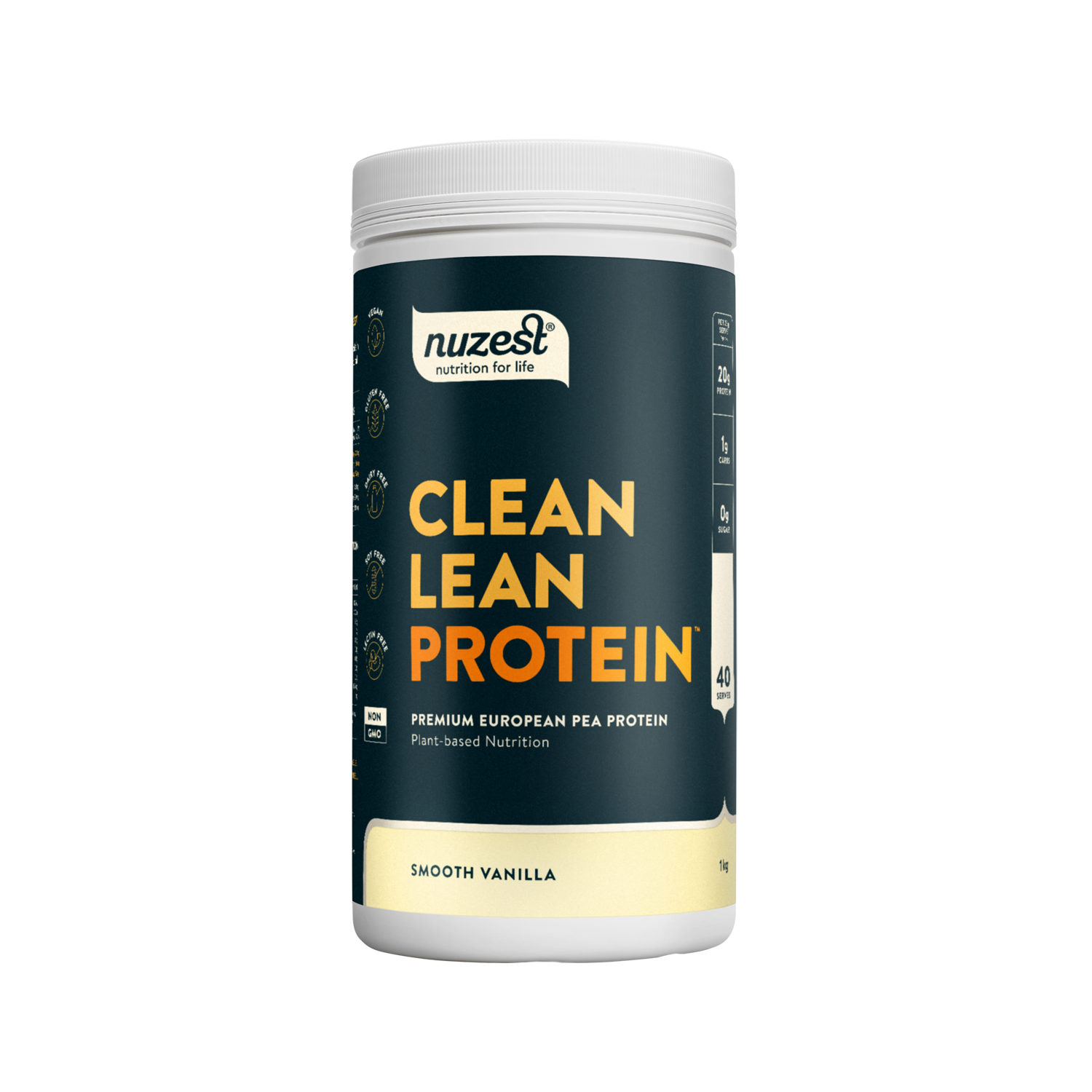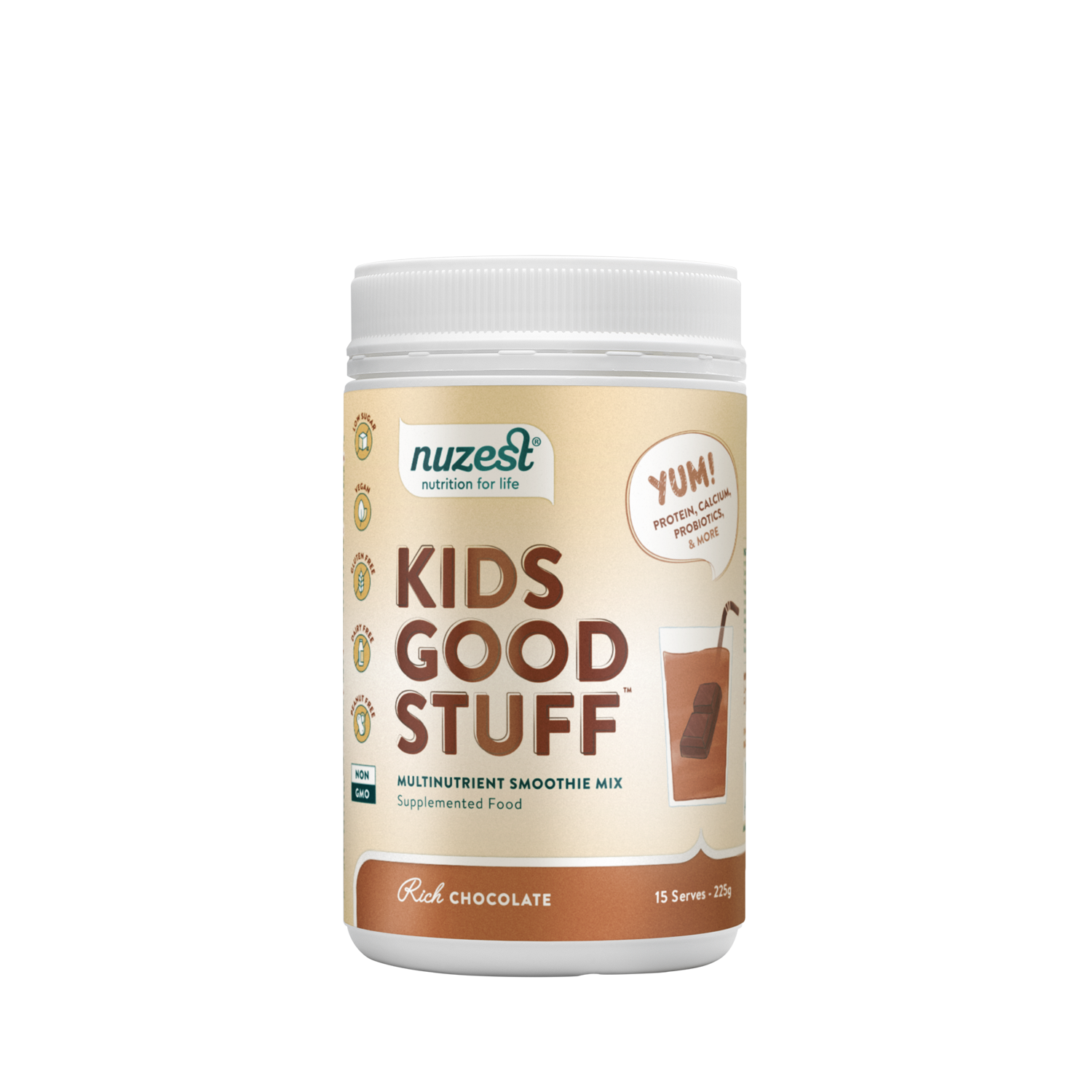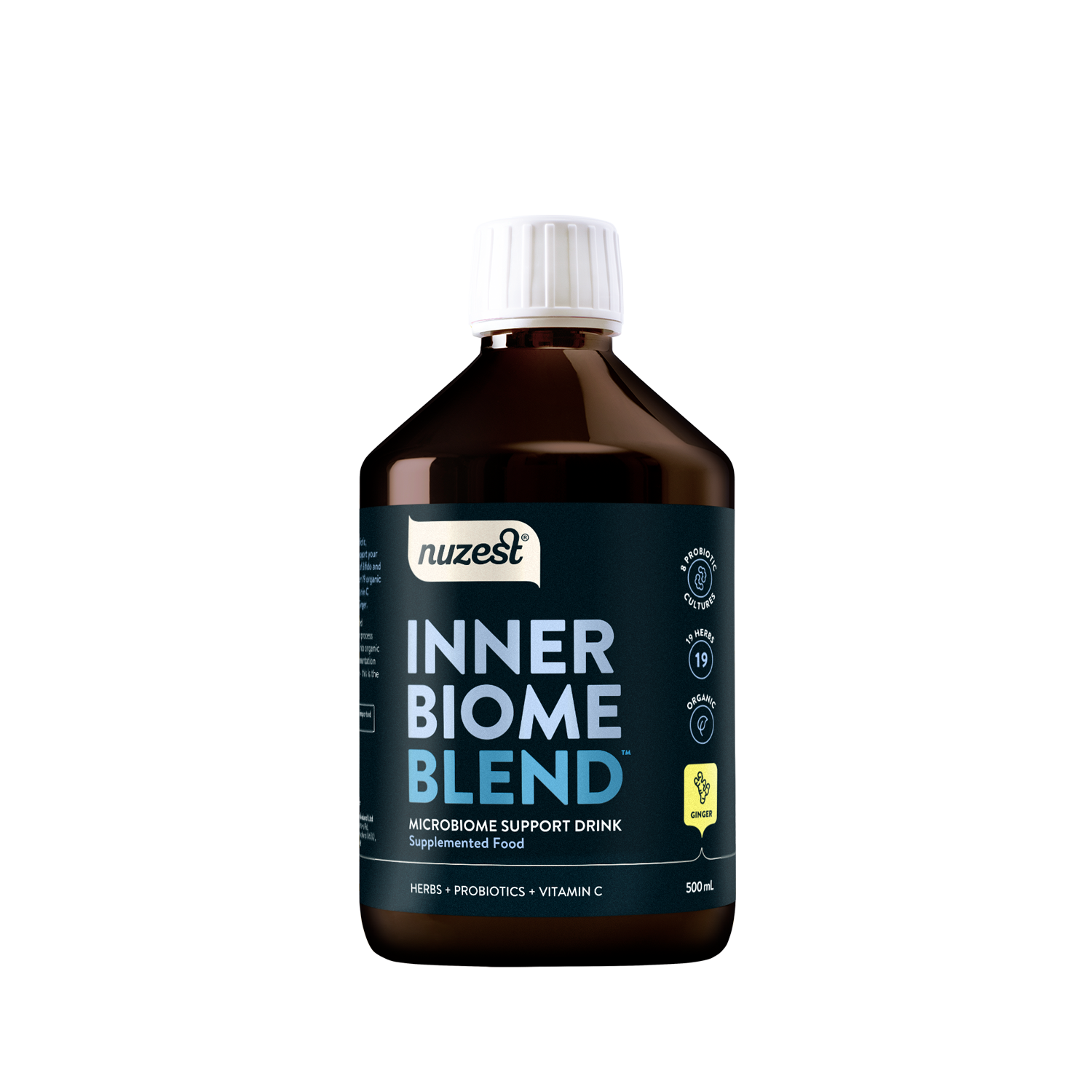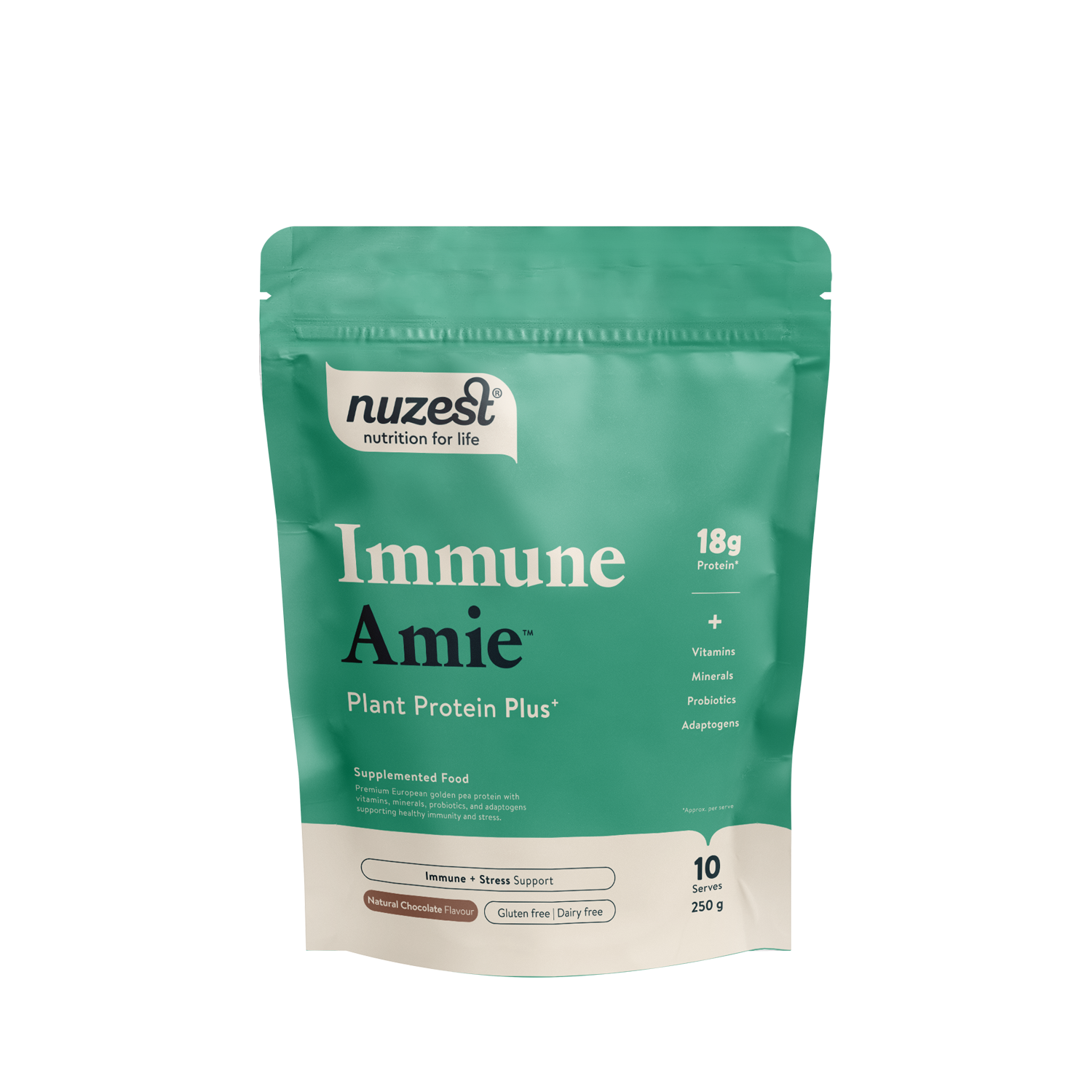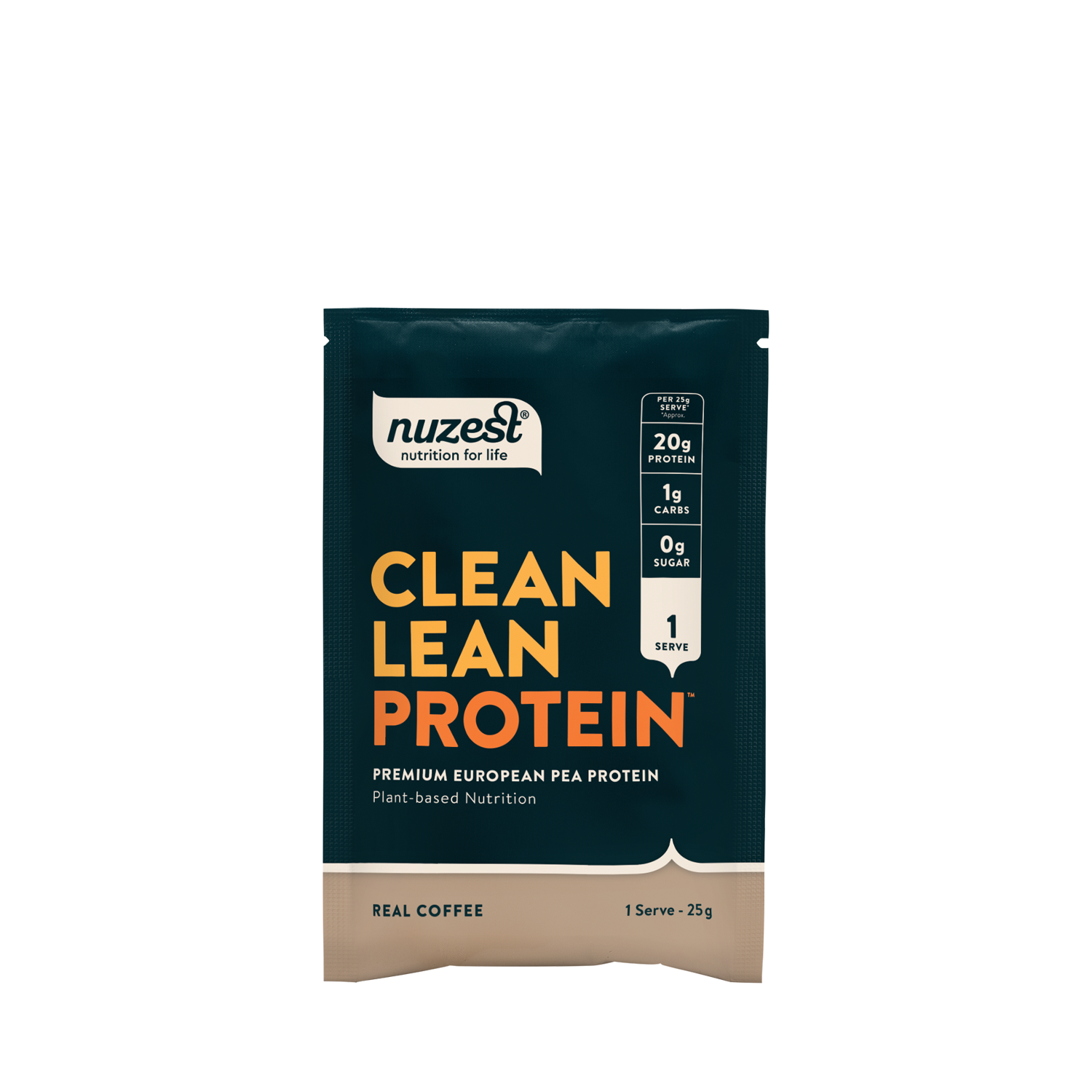Lactobacillus rhamnosus
Probiotic
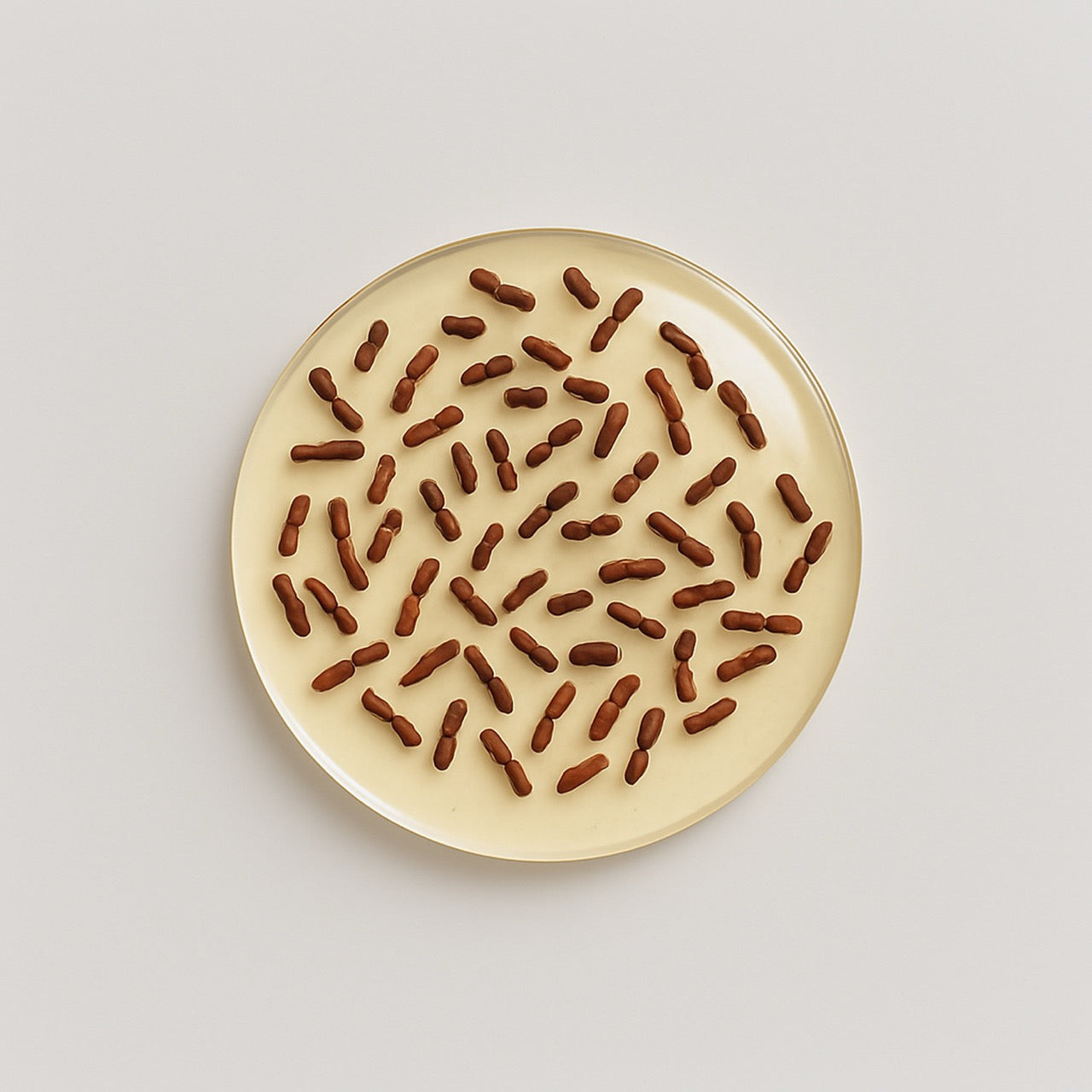
Lactobacillus rhamnosus is a well-researched probiotic strain commonly used in yoghurts and supplements. It is valued for its resilience and adaptability in the digestive tract.
Products:
Lactobacillus rhamnosus and the Microbiome
Lactobacillus rhamnosus contributes to restoring microbiome balance by encouraging the growth of beneficial gut bacteria and strengthening the mucosal barrier’s integrity. It also aids in modulating immune responses within the gastrointestinal tract. This strain is especially helpful after disruptions like antibiotic treatment, acute stress, or gastrointestinal infections, supporting the recovery and maintenance of a healthy microbial environment.¹
Lactobacillus rhamnosus and Dental Health
Dental health may be supported by Lactobacillus rhamnosus through its ability to inhibit the growth of harmful oral bacteria such as Streptococcus mutans, a primary factor in the development of dental caries. By reducing plaque formation and gingival inflammation, this probiotic could contribute to maintaining oral hygiene and decreasing the risk of periodontal disease.²
Can Lactobacillus rhamnosus Support Immunity?
Stimulating both innate and adaptive immune responses, Lactobacillus rhamnosus helps the body respond more effectively to pathogens. It enhances the activity of immune cells like macrophages and supports balanced cytokine production, which aids in regulating inflammation. Collectively, these effects contribute to strengthened overall immune resilience.³

